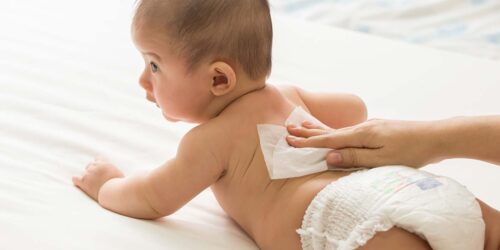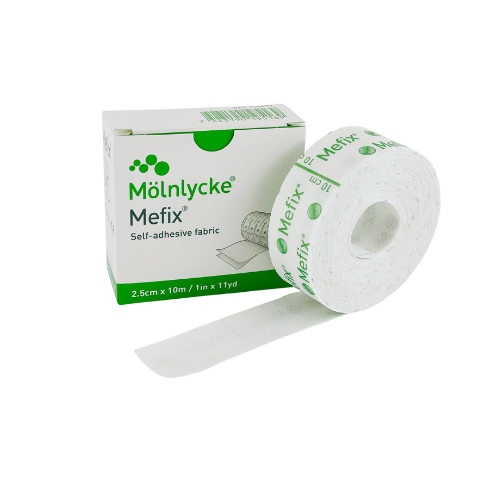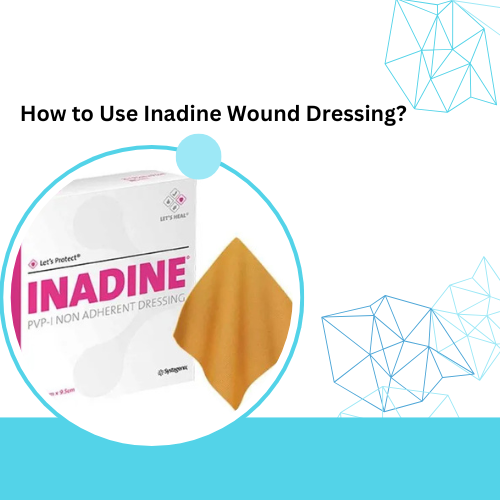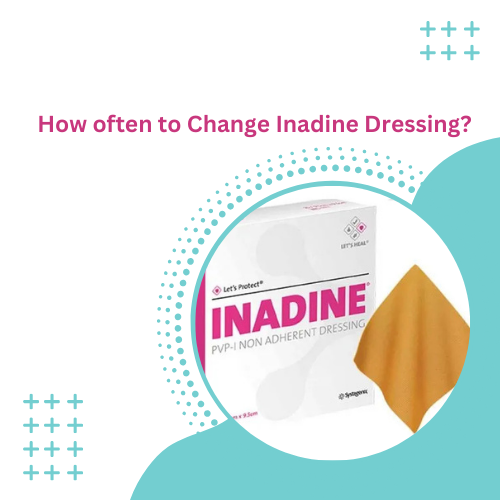Bringing your newborn home is an exciting time, but their delicate skin requires special attention. Newborn skin is highly sensitive, and their immune system is still developing, making them vulnerable to irritations and rashes. Here’s a guide to help protect your baby’s skin while nurturing their development through touch.
Natural Baby Skin Care
Newborns are born with wrinkled skin and a natural protective layer called vernix, which peels off during the first week. There’s no need for lotions or creams—let this natural process happen on its own. Here’s how to care for your baby’s skin while preventing allergies and rashes:
- Limit Baths: Bathing too frequently can strip natural oils from your baby’s skin, making it dry and prone to irritation. Bathing two to three times per week is sufficient during the first year, especially for newborns.
- Sponge Baths: Until your baby’s umbilical cord falls off, give them a sponge bath two to three times a week. For babies with the cord still attached, once a week is enough.
- Avoid Scented Products: Fragrances in baby products can irritate newborn skin. Stick to unscented products in the early months.
- Wash Baby Clothes Separately: Use fragrance-free and dye-free laundry detergents to wash baby clothes, bedding, and blankets.
Preventing Newborn Dry Skin and Eczema
Newborns can develop dry skin and eczema, a red, itchy rash that often appears on the face, scalp, elbows, and behind the knees. Eczema usually surfaces after the first month or two.
Here are tips to prevent dry skin and eczema:
- Minimize Soap: Use only a small amount of mild soap during baths, and keep bath time short to prevent skin from drying out.
- Limit Scented Products: Stick to unscented lotions and ointments if your baby’s skin feels dry.
- Soft Clothing: Dress your baby in soft, preferably cotton, clothing to reduce skin irritation.
- Consult Your Pediatrician: For persistent eczema, ask your pediatrician about suitable over-the-counter creams or prescription treatments.
Diaper Rash
Diaper rash is common, often caused by wetness and the friction of a soiled diaper. It can also result from improper drying after a bath, or due to bacterial or yeast infections, especially in babies taking antibiotics.
To prevent and treat diaper rash:
- Change Diapers Frequently: Check diapers often and change them immediately when wet or soiled.
- Cleanse Gently: Use fragrance-free cleansers or plain water to wash the diaper area. Avoid baby wipes with alcohol or fragrance.
- Air-Dry: Pat the diaper area dry, and allow the skin to air-dry completely before putting on a fresh diaper.
- Apply Ointment: Use a thick layer of protective ointment like petroleum jelly or products like Desitin or A&D.
- Avoid Baby Powder: It can irritate your baby’s lungs.
- See a Doctor: If the rash persists after two to three days, consult a pediatrician. You may need a prescription treatment if the rash is due to eczema or an infection.
The Importance of Touch and Massage
Touch is vital for your newborn’s development. It triggers hormones that boost immunity, reduce stress, and help fight disease. Massaged babies often sleep better, cry less, and are calmer overall.
There’s no need for a specific technique. Find a warm, quiet room and lay your baby on a soft blanket. Use baby oil or a gentle lotion warmed in your hands. Gently massage your baby’s chest, tummy, arms, and legs, making eye contact and softly speaking or singing to them. If your baby fusses, try a lighter touch or wait until they’re ready.
In addition to keeping your baby’s skin healthy, a gentle massage strengthens your bond and provides comfort and security for your newborn.




